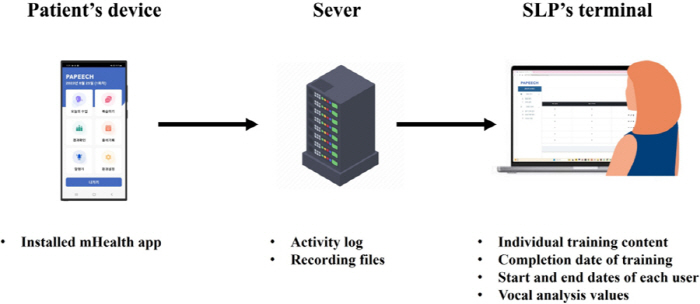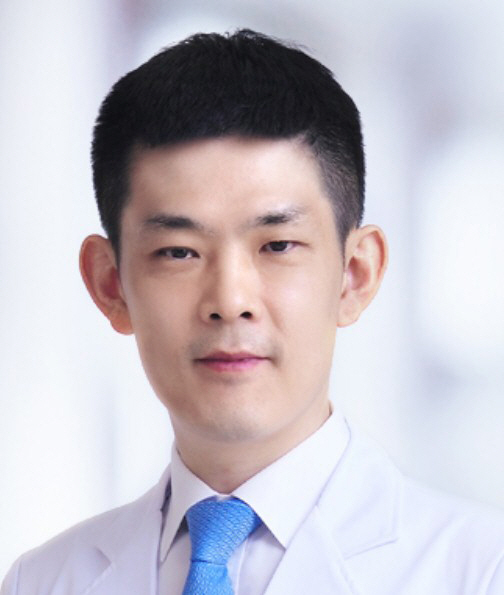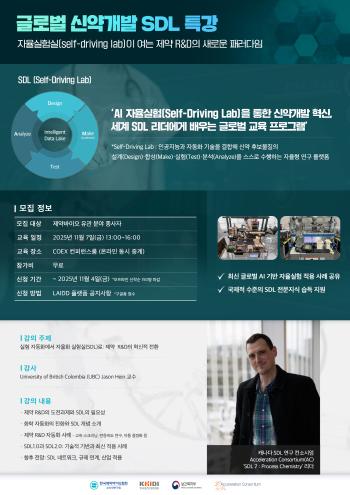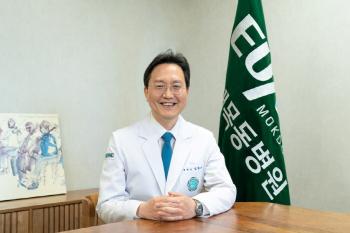Development of a smartphone-based digital voice treatment device for Parkinson's disease patients, demonstrating its effectiveness
Mar 07, 2025
|
This digital treatment device provides patient's symptom-adjusted speech therapy without a hospital visit, confirming significant improvements in speech and pronunciation disorders after treatment.
Parkinson's disease is a neurodegenerative disease that is accompanied by voice changes and pronunciation disorders from the beginning, along with slowing motion, muscle stiffness, and hand shaking.
According to the study, 75% of patients with Parkinson's disease suffer from voice and pronunciation disorders as the disease progresses, which leads to great difficulties in patients' communication and daily life. In particular, the voice becomes smaller and monotonous, the pronunciation becomes inaccurate, and the speed of speech is not controlled. These symptoms greatly affect the social activities and psychological health of patients.
However, Parkinson's disease drug treatment does not improve voice disorders, and professional speech rehabilitation treatment is the most effective. However, there is a lack of facilities to receive speech rehabilitation treatment, and treatment costs and difficulties in visiting hospitals are acting as problems.
According to the research team's 2024 survey, 63% of Parkinson's disease patients hope for telemedicine, especially many who want tele-negative treatment. In addition, a 2025 study reported that more than 75% of patients with moderate-to-moderate Parkinson's disease received no rehab at all. This reality further emphasizes the need for remote non-drug treatment services.
To solve this problem, Professor Kim Han-joon of the Department of Neurology at Seoul National University Hospital developed a smartphone-based digital treatment device that can receive voice treatment at home without visiting the hospital.
The app evaluates a patient's voice condition, automatically provides training accordingly, and the training content consists of breathing training, mouth exercise, voice size training, height training, and speaking training. From September to November 2023, 28 patients with Parkinson's disease negative disorder (average age of 68 years and prevalence of 7.5 years) who participated in the study were treated four days a week, for a total of five weeks. The research team evaluated their treatment compliance (performance rate), satisfaction, and subjective voice improvement, and evaluated the treatment effect through acoustic analysis and auditory perception analysis of voice data before and after treatment.
As a result of the study, 20 out of 28 had a transition rate of more than 90%, and 4 recorded a transition rate of 70 to 90%, suggesting that digital treatment devices could be a practical and sustainable treatment for patients. In the satisfaction survey, 75% of patients answered that they were very satisfied or satisfied, and no respondents were dissatisfied. In addition, 58.3% of patients reported subjective voice improvement, and none of the patients had deteriorated voice.
Acoustical analysis showed significant improvements, including an increase in maximum pronunciation time from 11.15 to 14.01 seconds before and after treatment, and an increase in speech intensity from 71.59 dB to 73.81 dB. In addition, significant improvements were observed in all items on the GRBAS scale (breathing, roughness, wheezing, voice weakness, and tension) evaluating speech quality.
Professor Kim Han-jun said, `Smartphone-based digital treatment devices are easily available at home even for elderly Parkinson's disease patients, have proven high satisfaction with treatment, and can provide effective voice treatment with little time and money"Based on the research results, we are developing a more improved digital treatment device, and based on this, it is highly likely to be applied not only to negative treatment but also to other areas of Parkinson's disease treatment in the future."
The results of the study were published in the latest issue of the international medical informatics journal 『JMIR』.
|
This article was translated by Naver AI translator.















